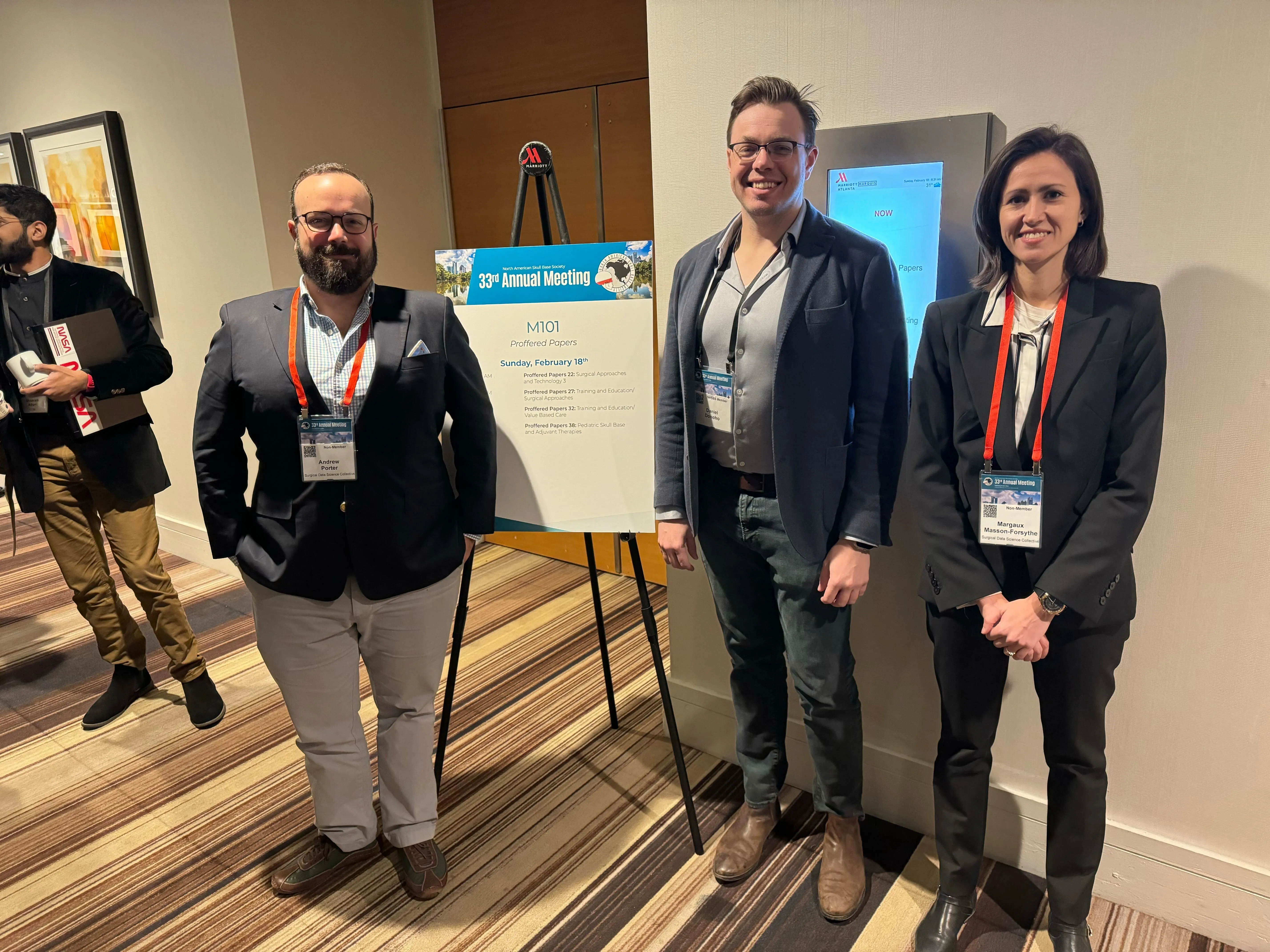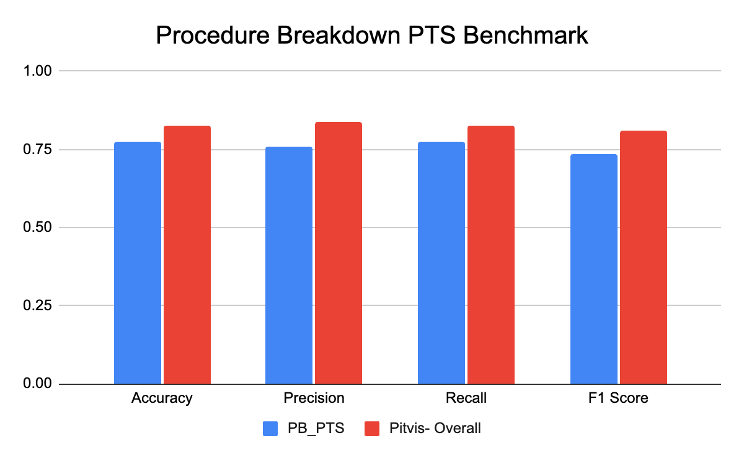
Dr. Daniel Donoho was running a training program, teaching other surgeons how to manage a life-threatening bleeding event that can occur during brain tumor surgery.
Fortunately, surgeons rarely encounter this event, but unfortunately, surgeons rarely encounter this event.
The challenges of preparing surgeons for procedures they scarcely have the opportunity to practice was not lost on Dr. Donoho. This training drove him to acknowledge the limited impact of training individual surgeons one at a time, and sparked his passion to develop a solution.
“I recognized that there was no way I would be able to share the knowledge that these surgeons had gained with anyone else who wasn’t in the room. So I quickly started thinking more about approaches that could scale.” - Dr. Daniel Donoho, SDSC Founder and President
Importantly, the subject of this training session was a video-based procedure in which the surgeon is watching a screen as they operate, guided by a video camera that can also record. Video-based surgeries are common and generate a massive database of video data waiting to be understood and shared with the surgical community.

The Surgical Data Science Collective (SDSC) aims to become the trusted global hub for surgical video data, and through this, help facilitate sustained evolution in the field of surgery. He says, “one-to-one surgical training… it's gotten us so far, but to take things to the next level, to take surgery globally and to share insights across many different types of surgeries and procedures, and maybe even to learn between surgeons who are performing different surgeries… we need a new way.”
Recent advances in both the science and the accessibility of the branches of Artificial Intelligence (AI) known as Machine Learning (ML) and Computer Vision (CV) have led to a revolution in the ability to analyze surgical video. The gap between surgical practice and ML tech can’t be bridged through individual will alone. To change the way that surgeons learn and describe surgery, and think about their own performance necessitates a consensus from a wide variety of stakeholders. The name, Surgical Data Science Collective, is intentional. Achieving this goal requires a massive collaborative effort. Distinct from much other AI-centric tech development, applying these tools to a community of patients necessitates a process that is slower, more iterative, and more cautious, with the regulatory environment ultimately determining what new technology is adopted in the clinical space. All this prerequisite data, regulatory and administrative work will carry on largely unacknowledged, but will ultimately determine the winners and losers in the space.

Dr. Donoho’s experience as a practicing neurosurgeon provides an essential understanding of the culture of surgery and the clinical environment for SDSC; he says “it's important to be the first user to solve a problem that you really do experience.” Patients always take priority, so for Dr. Donoho, success looks and feels like being surrounded by people who are able to do the work at SDSC that he isn’t always available to do, including software development and the innovations and applications of machine learning.
While he remembers a time when he had to write all patient notes by hand, given the pace of advancements at the intersection of technology and medicine, Dr. Donoho sees the industry evolving with machine learning. “The way that we generate medical text, and the way that we interpret images across all domains of medicine is going to be fundamentally a human-AI team interaction over the next five years.”

Going forward, Dr. Donoho’s wish for SDSC and the surgical community is meaningful global data access, a massive rate-limiting step in ML innovation. He hopes that the community can shift perspective to think about surgical procedures, first as precious acts, but also as generators of massive amounts of critical data. He knows that harnessing all of this data can drive improvements in surgery on a global scale, but the challenge remains that this data is not often collected, or it remains neglected. In either case, patient-relevant data is lost forever. Through automating and standardizing this process, SDSC is ready to guide this expansion of the possibilities of video-based surgical procedures.




